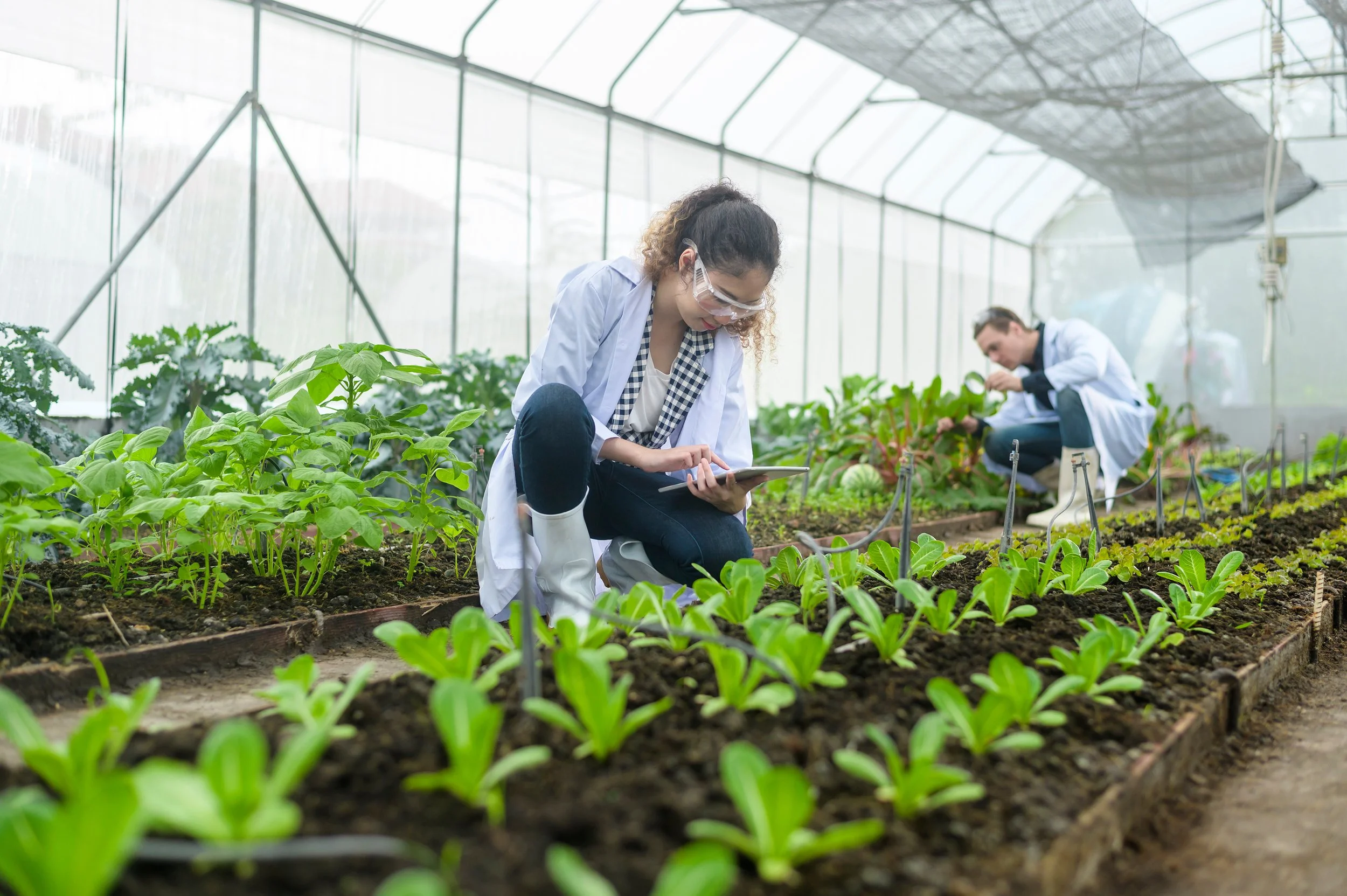The Impact of Federal Funding Freezes on U.S. Agricultural Research
In early 2025, a federal budget impasse froze over $3 trillion in discretionary funding, and while defense and healthcare headlines dominate the news cycle, one of the least discussed yet most impactful casualties is agricultural research. At least 57 USDA-funded projects were paused nationwide, affecting core programs in crop resilience, livestock health, and ag-environment interactions. UC Davis, Texas A&M, and Kansas State—three of the most active ag-research universities—have all reported suspended lab operations and furloughs of early-career researchers (Reuters, Apr 17, 2025).
These interruptions aren’t just logistical—they are breaking multi-year datasets that underpin climate modeling, varietal development, and regional planting guidance. "We’re dismantling the scaffolding that future food security depends on," said Dr. Hannah Rodriguez, a climate-agronomist at UC Davis, whose team had just begun a critical third-year drought tolerance trial on new durum wheat hybrids.
According to the USDA Economic Research Service, every $1 invested in public agricultural R&D generates around $20 in economic returns, primarily through yield gains, disease resistance, and input efficiency (ERS, 2022).
Yet public spending on ag research has declined by 30% in real dollars since 2002, even before the current freeze. In 2023, the U.S. allocated approximately $6.5 billion to agricultural science, while China invested $10.2 billion—a 7% increase year-over-year focused largely on AI-driven crop analytics, genomics, and soil health optimization (OECD Ag R&D Trends, 2025).
"We're entering a decade where who owns ag data—and who funds its generation—will shape global competitiveness," said Janice Weller, Deputy Director of USDA's Office of Research and Economics. “And right now, the U.S. is conceding ground.”
China overtook the U.S. in public agricultural research spending back in 2013 and has continued expanding since. Its 2025 national food resilience strategy includes a 5-year $4 billion public-private grant program for climate-adaptive seed development, AI-augmented crop monitoring, and export-oriented logistics. Brazil has similarly increased EMBRAPA’s agtech budget by 18%, with focused funding for satellite-based yield forecasting and tropical cropping systems.
In contrast, the U.S. freeze has led to the delay or abandonment of at least 17 climate-focused pilot programs under USDA's Climate-Smart Commodities initiative. Many of these were designed to improve soil carbon tracking, regional nitrogen modeling, and heat-stress-tolerant varietals—all critical to making Helios-style forecasts more accurate at scale.
While Helios doesn’t replace upstream research, it plays a vital role in helping agribusinesses and growers maintain decision-making continuity. With foundational data pipelines disrupted, Helios provides real-time, high-resolution insights by blending satellite imagery, hyperlocal weather, and modeled crop growth curves.
A temporary freeze may sound reversible, but research doesn’t pause cleanly. Missed planting windows, incomplete trials, and broken datasets ripple into years of delayed impact. In the short term, tools like Helios will help keep growers informed and responsive. But in the long term, without a renewed national commitment to R&D, America’s agricultural resilience—and its global leadership—stand to erode.
The solution isn't just restoring funding. It’s recognizing that in agriculture, the cost of delay is exponential.

